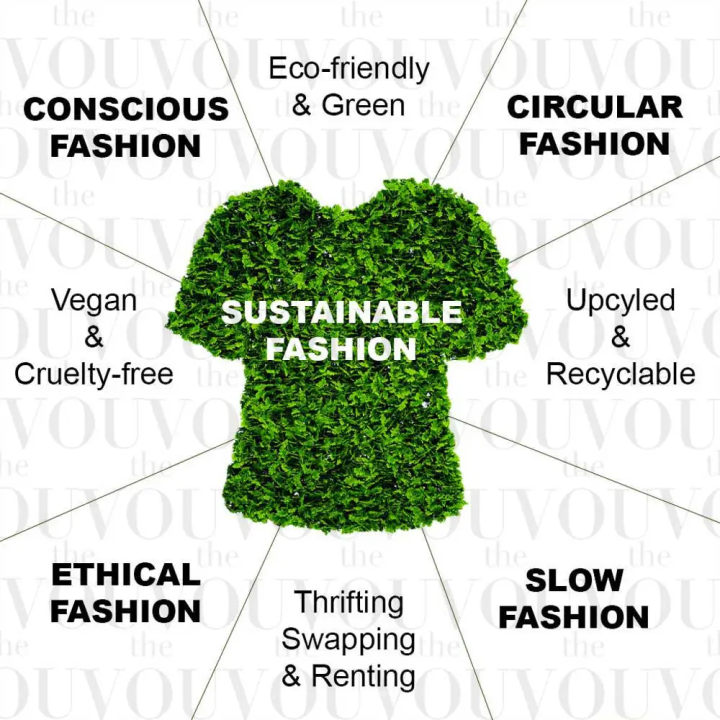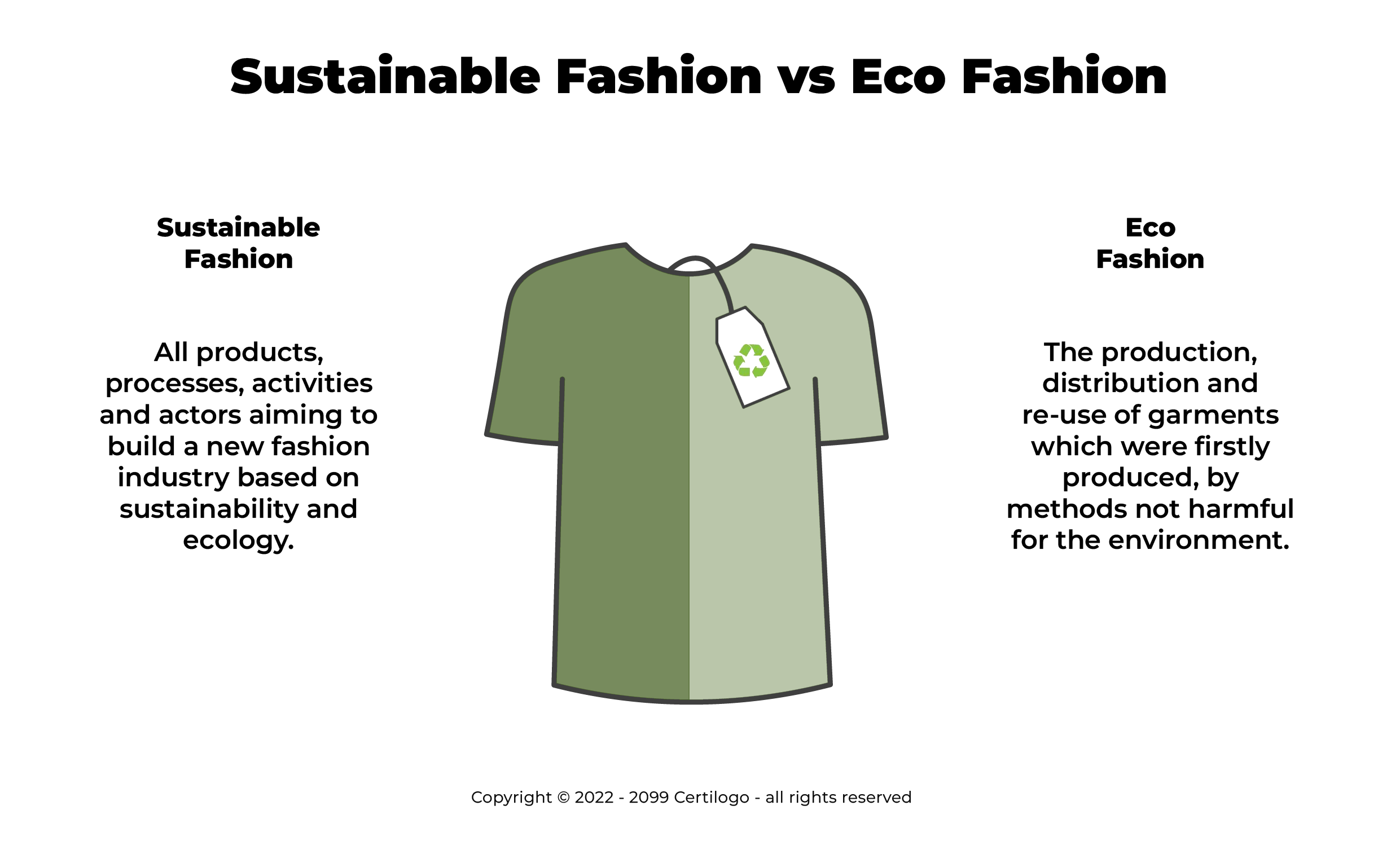Supporting Neighborhood Cape Town Sustainable Fashion for a Greener Future
Supporting Neighborhood Cape Town Sustainable Fashion for a Greener Future
Blog Article
Remain Ahead of the Contour by Checking Out Innovative Style Fads
In a sector as dynamic as fashion, remaining in advance involves greater than just adhering to present trends-- it requires an expedition of innovation. Smart fabrics, as an example, are changing garments into useful work of arts, while 3D printing is transforming design procedures with its customizable, waste-reducing capabilities. As sustainability becomes a foundation, innovations like environment-friendly products and circular fashion methods are reshaping ecological obligation - Cape Town Sustainable Fashion. Moreover, the convergence of modern technology and style advertises a brand-new period of consumer involvement. How, then, can these emerging fads redefine the future of fashion, and what ramifications do they hold for brand names looking for to thrive in this evolving landscape?

Welcoming Smart Textiles
Over the last few years, the apparel industry has actually experienced a transformative shift with the combination of smart fabrics, a cutting-edge advancement that mixes innovation with fabric. This development stands for not just a fusion of aesthetic appeals and functionality yet also a considerable jump towards sustainability and personalization in style. Smart fabrics, likewise referred to as e-textiles, embed sophisticated electronic devices such as sensing units and conductive strings within the textile, allowing garments to communicate with the environment or the wearer.
These fabrics are developed to keep an eye on physical specifications, such as heart rate or body temperature, giving real-time wellness analytics. Past health applications, smart textiles are additionally being made use of for adaptive apparel, which can transform shade or pattern in action to environmental stimulations, thus providing a dynamic fashion experience.
In addition, the growth of energy-harvesting textiles that produce power from movement or sunlight is leading the way for self-dependent wearable modern technology. This innovation is interesting environmentally aware customers and designers intending to decrease the environmental impact of style. As r & d in this area advancement, wise textiles are expected to become progressively prevalent, improving the landscape of contemporary style with their multifunctional capabilities.
The Rise of 3D Printing
Transforming the manufacturing landscape, 3D printing has arised as a game-changer in the fashion sector. This cutting-edge modern technology has actually enabled developers to push the limits of imagination, producing intricate and customized garments that were previously unbelievable. By leveraging digital design and additive production, 3D printing assists in the production of intricate geometries and patterns, permitting designers to trying out new appearances and frameworks.
A significant benefit of 3D printing in vogue is its capability to create on-demand, lessening waste and decreasing stock demands. This performance not just optimizes production procedures however likewise enables for quick prototyping, making it possible for developers to bring their visions to life in a much shorter timeframe. Furthermore, 3D printing supports modification somewhat unequaled by conventional approaches, supplying special styles and personalized fits tailored to private consumer choices.
The increase of 3D printing has actually also democratized style, making it obtainable to emerging developers who can now produce high-grade pieces without substantial financial investment in conventional manufacturing framework. As technology continues to development, the garment industry is positioned to harness the full possibility of 3D printing, discovering new products and techniques that will definitely redefine exactly how fashion is conceived and created.
Sustainable Style Technologies
As the apparel industry faces the pushing need for ecological responsibility, sustainable Source style innovations have arised at the center of transformative modification. The expanding recognition of environmental influence has sustained a shift in the direction of more eco-conscious practices and products. Brands and designers are currently prioritizing sustainability, integrating techniques that reduce waste and reduce carbon footprints.
One significant advancement is the surge of round style, which highlights recycling and upcycling to prolong the lifecycle of garments. This strategy not only lowers waste yet additionally urges consumers to take on a much more mindful method to garments consumption. Additionally, the usage of lasting materials, such as organic cotton, hemp, and recycled polyester, has actually obtained grip. These materials call for much less water and energy throughout manufacturing, considerably reducing environmental influence.
One more breakthrough hinges on the adoption of innovative dyeing methods that make use of waterless processes or all-natural dyes, therefore lowering the vast quantities of water and chemicals generally used in textile dyeing. In addition, improvements in biotechnology have brought about the creation of lab-grown natural leather and textiles, offering ecologically friendly and cruelty-free options to standard products. Through these pioneering efforts, the style industry is making purposeful strides in the direction of a more lasting future.

Tech-Integrated Apparel
Tech-integrated clothing represents a cutting-edge blend of style and modern technology, reshaping just how individuals connect with their clothes. This cutting-edge domain name is noted by the addition of wise fabrics and embedded digital elements, enhancing both capability and visual allure. From health and fitness trackers embedded in sports apparel to heated jackets managed using smartphone applications, tech-integrated clothing provides consumers unmatched convenience and flexibility.
Pioneering brand names are driving this fad, concentrating on creating garments that react to environmental stimulations or customer commands. For example, some garments can alter color or pattern in response to temperature changes, while others incorporate biometric sensors to check health and wellness metrics like heart price or stress levels. The seamless integration of innovation right into textiles likewise includes environmental sustainability, with initiatives to create self-cleaning textiles or garments that readjust to weather, thus reducing the requirement for numerous layers.
Moreover, the development of wearable technology is not just restricted to clothes but expands to devices check this like watches and glasses, further broadening the range of tech-integrated style. As the industry continues to introduce, the potential for personalization and customization in garments grows, offering customers unique, tech-enhanced fashion experiences that deal with their private needs and choices.
Future of Virtual Style
In recent years, the future of virtual fashion has actually become a transformative pressure within the market, leveraging innovations in electronic innovation to redefine how fashion is produced, experienced, and consumed. By incorporating increased reality (AR), virtual fact (VR), and 3D layout tools, developers can now craft immersive and interactive experiences that transcend typical fashion limits. Virtual fashion permits the creation of garments that exist solely in electronic atmospheres, using countless possibilities for technology without the constraints of physical manufacturing.
This digital change not just presents possibilities for creative expression however also addresses sustainability worries inherent in traditional fashion practices. Cape Town Sustainable Fashion. By removing the demand for physical sources, online style decreases waste and minimizes carbon impacts. Additionally, the rise of online fashion lines up with the enhancing consumer demand for personalized and unique experiences, as digital garments can be tailored and customized to private preferences effortlessly

Conclusion
The fashion sector's future lies in the integration of ingenious technologies and sustainable practices. Virtual fashion is positioned to redefine consumer interactions.
In recent years, the style market has actually observed a transformative shift with the assimilation of smart fabrics, a sophisticated technology Recommended Site that mixes technology with fabric.As the fashion industry grapples with the pushing demand for environmental duty, lasting fashion advancements have actually arised at the leading edge of transformative change.In current years, the future of virtual style has actually arised as a transformative force within the market, leveraging innovations in digital technology to redefine exactly how fashion is developed, experienced, and taken in. The increase of online fashion lines up with the boosting consumer need for individualized and special experiences, as online garments can be tailored and tailored to individual preferences with convenience.
The fashion industry's future lies in the combination of lasting practices and cutting-edge innovations.
Report this page